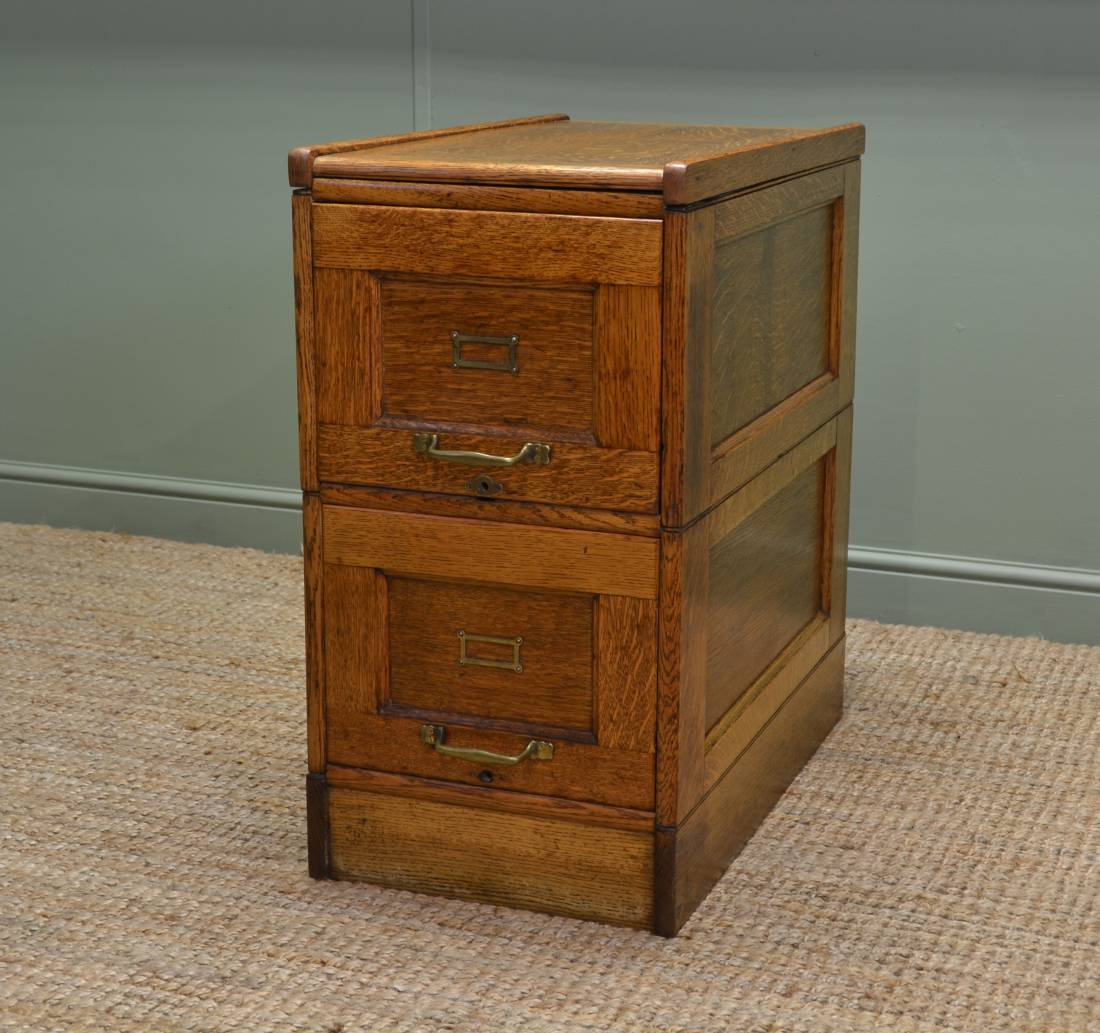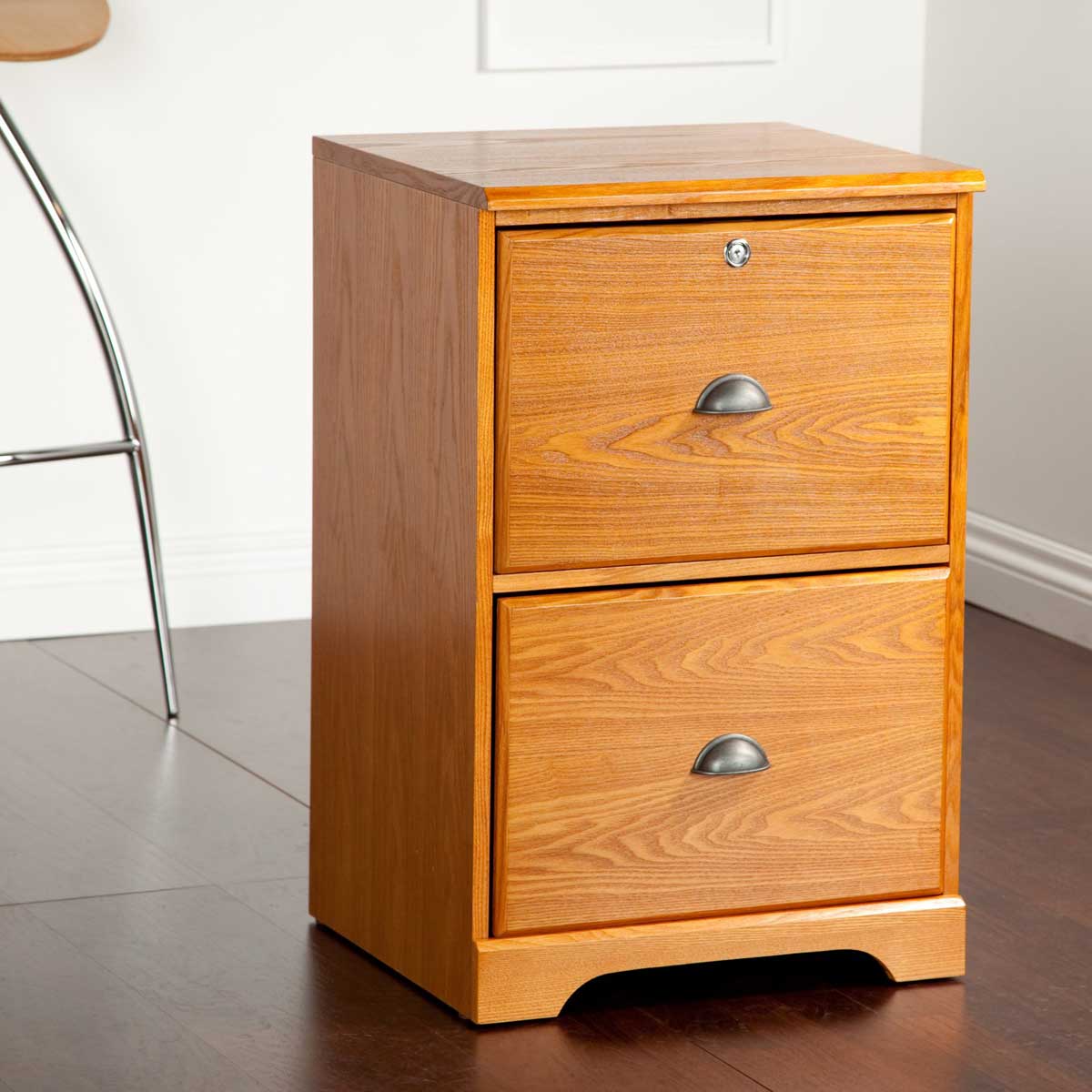Antique Wooden File Cabinets: Antique Wooden File Cabinets 3 Drawer


Antique wooden file cabinets are more than just storage solutions; they are testaments to a bygone era of craftsmanship and design. These sturdy and elegant pieces, often crafted from hardwoods like oak, mahogany, and walnut, have graced offices, homes, and libraries for generations, silently bearing witness to the evolution of information management.
The Evolution of File Cabinets
The journey of file cabinets began long before the advent of sleek metal models. Early forms of storage for documents and records were rudimentary, often involving simple wooden chests or drawers. As the volume of paperwork increased, particularly in the late 19th and early 20th centuries, the need for more organized and efficient storage systems became apparent. This demand spurred the development of dedicated file cabinets, initially made from wood.
Historical Context of Antique Wooden File Cabinets
Antique wooden file cabinets were prevalent in various settings during the late 19th and early 20th centuries. In offices, they provided essential storage for business records, legal documents, and financial statements. In homes, they served as repositories for personal papers, family histories, and cherished correspondence. Libraries and institutions relied on them to house vast collections of books and manuscripts.
Prominent Manufacturers and Designers
Several prominent manufacturers and designers played a pivotal role in shaping the style and functionality of antique wooden file cabinets.
- The Globe-Wernicke Company, founded in 1880, is renowned for its innovative and adaptable filing systems, including their iconic “Elastic” cabinets. These cabinets featured adjustable shelves and drawers, allowing users to customize their storage configurations. Globe-Wernicke’s designs emphasized both functionality and aesthetic appeal, often incorporating intricate details and decorative elements.
- Yawman & Erbe Manufacturing Company, established in 1893, was another leading manufacturer of office furniture, including file cabinets. Their products were known for their durability and efficiency, often incorporating features like card index drawers and letter-size compartments. Yawman & Erbe also pioneered the use of metal in file cabinets, introducing models that combined wood and metal construction.
- Art Metal Construction Company, founded in 1898, specialized in high-quality metal office furniture, but also produced a range of wooden file cabinets. Their designs were often characterized by clean lines and simple, functional forms, reflecting the growing influence of the Art Deco movement.
Styles and Design Features

Antique wooden file cabinets, beyond their functional purpose, are exquisite works of art, embodying the aesthetic sensibilities of their respective eras. Their styles and design features reflect the prevailing tastes and craftsmanship of the time, making them valuable historical artifacts as well as practical pieces of furniture.
Victorian Era File Cabinets, Antique wooden file cabinets 3 drawer
Victorian-era file cabinets, often characterized by their ornate details and imposing presence, reflect the opulence and grandeur of the Victorian era. They are typically crafted from dark woods like mahogany or walnut, and feature intricate carvings, elaborate moldings, and decorative hardware.
- Intricate Carvings: Victorian file cabinets often showcase intricate carvings, featuring floral motifs, geometric patterns, or even scenes from nature. These carvings are typically hand-crafted, showcasing the skill of the artisans of the time.
- Elaborate Moldings: Victorian file cabinets often feature elaborate moldings, which add visual interest and depth to the design. These moldings can be found around the edges of the cabinet, on the drawers, or even on the legs.
- Decorative Hardware: Victorian file cabinets frequently feature decorative hardware, such as ornate hinges, intricate keyholes, and elaborate drawer pulls. These hardware elements are often made from brass or bronze and are polished to a high shine, adding to the overall elegance of the piece.
Art Deco File Cabinets
Art Deco file cabinets, emerging in the 1920s and 1930s, reflect the geometric patterns and streamlined forms that were popular during this period. These cabinets often feature bold colors, geometric shapes, and sleek lines.
- Geometric Patterns: Art Deco file cabinets often feature geometric patterns, such as zigzags, chevrons, and sunbursts. These patterns are often incorporated into the design of the drawer fronts, the cabinet doors, or even the legs.
- Streamlined Forms: Art Deco file cabinets often feature streamlined forms, with smooth curves and rounded edges. This emphasis on streamlining reflects the era’s fascination with modern technology and transportation.
- Bold Colors: Art Deco file cabinets often feature bold colors, such as black, gold, and red. These colors are often used in combination with geometric patterns to create a striking visual impact.
Mid-Century Modern File Cabinets
Mid-Century Modern file cabinets, popular from the 1950s to the 1970s, embody the clean lines, simple forms, and functional design principles of the mid-century modern movement. They often feature natural materials, such as wood, and are characterized by their simplicity and practicality.
- Simple Forms: Mid-Century Modern file cabinets often feature simple forms, with clean lines and minimal ornamentation. The focus is on functionality and practicality, rather than elaborate decoration.
- Natural Materials: Mid-Century Modern file cabinets are often crafted from natural materials, such as wood, metal, or leather. These materials are chosen for their durability and beauty, and they often have a warm and inviting feel.
- Functional Design: Mid-Century Modern file cabinets are designed with functionality in mind. They often feature features such as pull-out drawers, adjustable shelves, and built-in organizers to maximize storage space and efficiency.
Craftsmanship and Materials
Antique wooden file cabinets are testaments to the skilled craftsmanship of their time. They are often built with solid wood, such as oak, mahogany, or walnut, and feature hand-crafted details, such as dovetail joints and mortise and tenon construction. The quality of the materials and the attention to detail in the construction ensure the durability and longevity of these pieces.
- Solid Wood Construction: Antique wooden file cabinets are often built with solid wood, which is known for its durability and longevity. The use of solid wood also adds weight and stability to the piece.
- Hand-Crafted Details: Antique wooden file cabinets often feature hand-crafted details, such as dovetail joints, mortise and tenon construction, and intricate carvings. These details not only add to the aesthetic appeal of the piece but also ensure its strength and durability.
- Quality Materials: Antique wooden file cabinets are often made with high-quality materials, such as hardwoods, brass, and bronze. These materials are chosen for their durability, beauty, and resistance to wear and tear.
Antique Wooden File Cabinets: Antique Wooden File Cabinets 3 Drawer


Antique wooden file cabinets are more than just storage solutions; they are relics of a bygone era, carrying the whispers of history and the elegance of craftsmanship. They are testaments to the meticulous attention to detail and enduring quality of past generations. These cabinets, often adorned with intricate carvings and finished with rich, aged patinas, possess a timeless charm that transcends the passage of time.
Identifying Authentic Antique Wooden File Cabinets
Authenticating antique wooden file cabinets requires a discerning eye and a knowledge of the telltale signs of age and craftsmanship.
Here are some key features to look for:
- Construction: Authentic antique cabinets are typically constructed from solid wood, such as oak, mahogany, or walnut. Examine the joints, looking for dovetail joints, mortise and tenon joints, or hand-cut joinery, all indicative of skilled craftsmanship.
- Hardware: The hardware, such as hinges, drawer pulls, and locks, should be period-appropriate and show signs of age. Look for patina, wear, and the presence of original finishes.
- Finish: Antique cabinets often have a natural wood finish, with layers of varnish, shellac, or wax applied over time. The finish may show signs of age, such as scratches, dents, or a rich patina.
- Details: Examine the details of the cabinet, such as the drawer fronts, the base, and the top. Look for decorative elements like carvings, moldings, or inlays, which were common features in antique furniture.
While these features are indicative of authenticity, it’s crucial to be aware of potential red flags:
- Inconsistencies: Look for inconsistencies in the construction, hardware, or finish, which could indicate a later reproduction or a poorly restored piece.
- Modern Materials: Avoid cabinets with modern materials, such as plywood or particleboard, which are not characteristic of antique construction.
- Excessive Restoration: While some restoration is expected, excessive restoration or the use of modern materials can diminish the value of an antique cabinet.
Restoring Antique Wooden File Cabinets
Restoring an antique wooden file cabinet is a labor of love, a process that requires patience, skill, and a deep appreciation for the piece’s history.
- Cleaning: Begin by gently cleaning the cabinet with a soft cloth and a mild furniture cleaner. Avoid using harsh chemicals or abrasive cleaners, which can damage the finish.
- Refinishing: If the finish is damaged or worn, consider refinishing the cabinet. This involves stripping off the old finish, sanding the wood, and applying a new finish. It’s essential to use period-appropriate finishes and techniques to preserve the cabinet’s authenticity.
- Repairing Damaged Components: Damaged components, such as drawers, hinges, or locks, can be repaired or replaced. If possible, use salvaged or antique parts to maintain the cabinet’s historical integrity.
Tips and Resources for Collectors
For collectors of antique wooden file cabinets, a wealth of resources and information is available to guide their journey.
- Antique Shops and Dealers: Antique shops and dealers are excellent sources for finding authentic pieces. Seek out reputable dealers who specialize in antique furniture and have a deep knowledge of the subject.
- Online Auctions and Marketplaces: Online auctions and marketplaces, such as eBay and Etsy, offer a wide selection of antique cabinets. Be sure to do your research and check the seller’s reputation before making a purchase.
- Antique Shows and Fairs: Attending antique shows and fairs provides a unique opportunity to browse a wide range of pieces and connect with experts in the field.
- Antique Furniture Books and Websites: Books and websites dedicated to antique furniture offer valuable information on identifying, restoring, and caring for antique cabinets.
“The beauty of an antique wooden file cabinet lies not only in its functional utility but also in its ability to transport us back in time, connecting us to the craftsmanship and stories of the past.”
Antique wooden file cabinets 3 drawer – Antique wooden file cabinets with three drawers offer a timeless charm and sturdy construction, perfect for organizing important documents. However, sometimes life throws us curveballs, and we might find ourselves crying at home on the bedroom floor , overwhelmed by the weight of our emotions.
But even in the midst of difficult times, the simple act of organizing our belongings, like sorting through files in a beautiful antique cabinet, can bring a sense of calm and control.
Antique wooden file cabinets with three drawers offer a charming blend of vintage style and practical storage. While they may not provide the same level of fire safety as modern metal cabinets, you can still enjoy the warmth of a wood interior, especially if you choose to use a wood cabinet space heater for a cozy touch during colder months.
These antique cabinets can add a unique character to any office or home, while still providing ample storage for documents and personal items.
